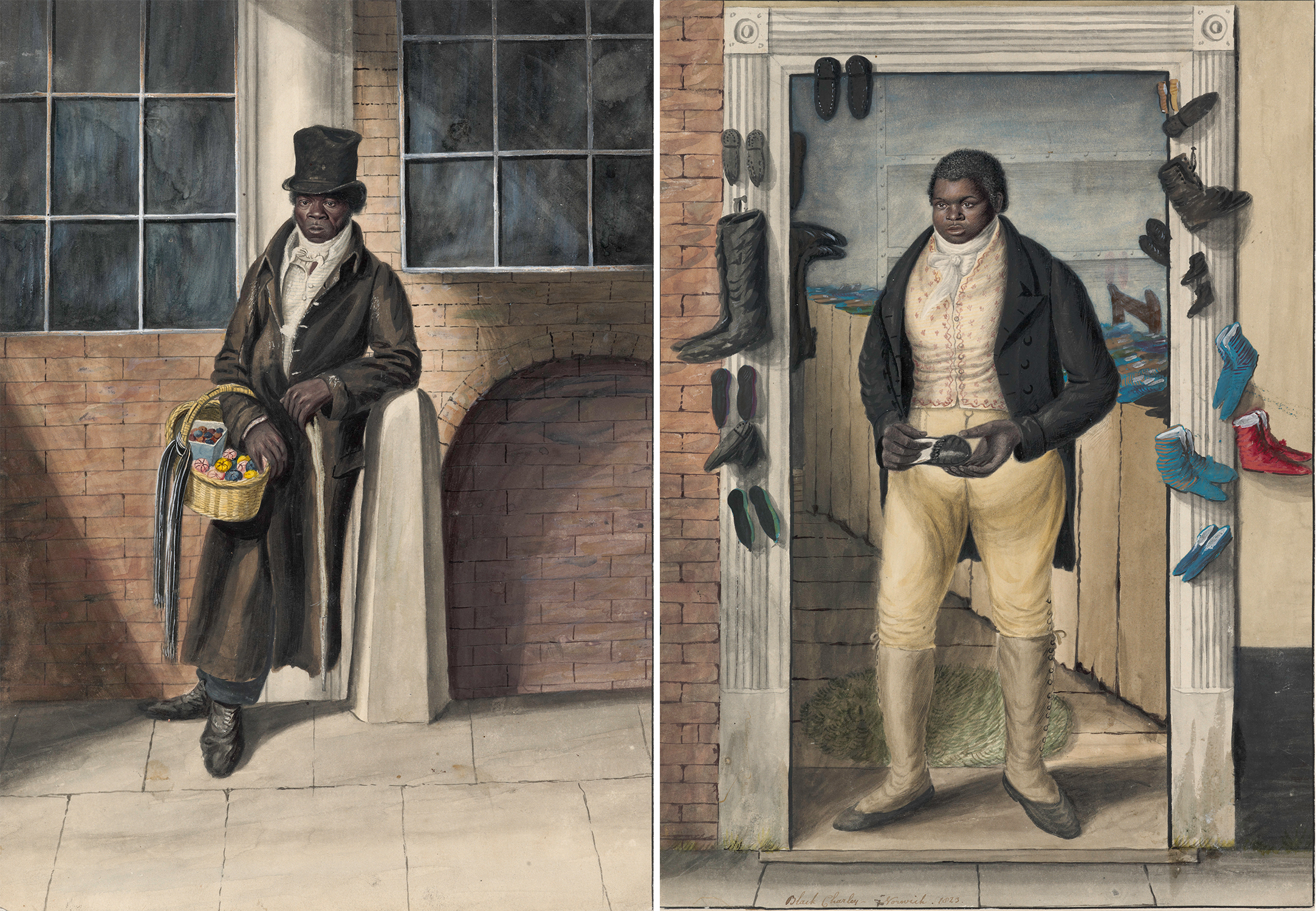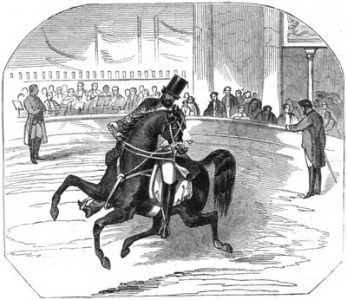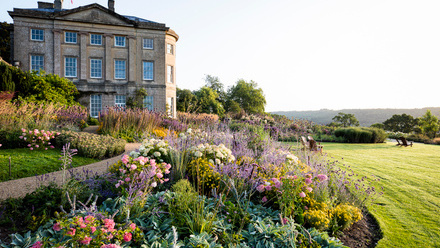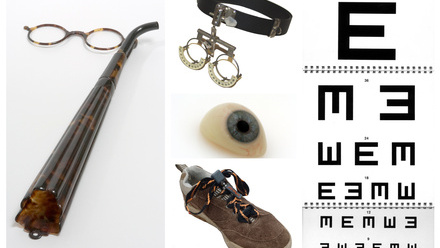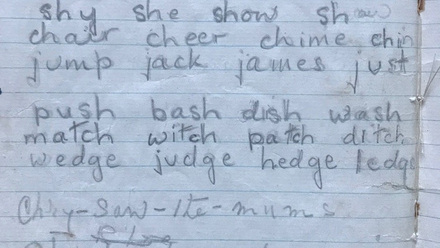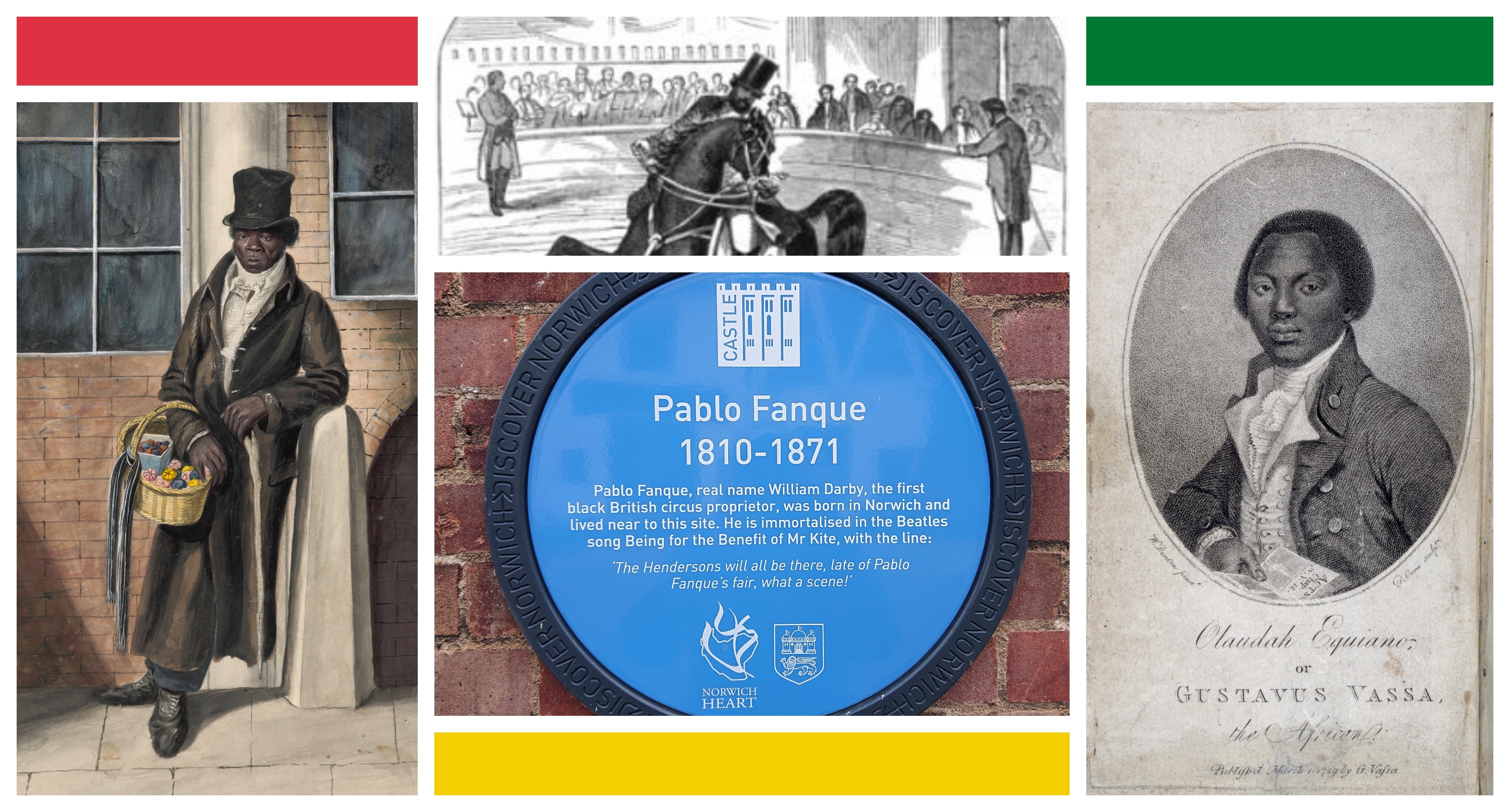
I've been a tour guide in Norwich for the last eight years and have also been involved with Norfolk Black History Month helping to publicise events. In 2020 Danny Keen, Chairman of Norfolk Black History Month, encouraged me to research a new Norwich Black History tour. One of the benefits of the first lockdown was that I had plenty of time to develop the tour and I launched it during Black History Month last October. Here are some of the tour's highlights...
Abolition city
Norwich was an active city of abolition. The local Quakers set up a committee in 1785 to support the abolition movement. Many local residents stopped buying sugar in protest and, when the House of Commons voted in April 1792 for the gradual abolition of the slave trade, the bells of St Peter Mancroft Church, in the city centre, rang out for two days to celebrate. The celebration was short-lived though, as the House of Lords insisted on hearing all the evidence that had been put in front of the Commons. There was a delay for a year and then war with France meant the whole process was shelved. It was not until 1807 that William Wilberforce's campaign finally brought an end to the slave trade.
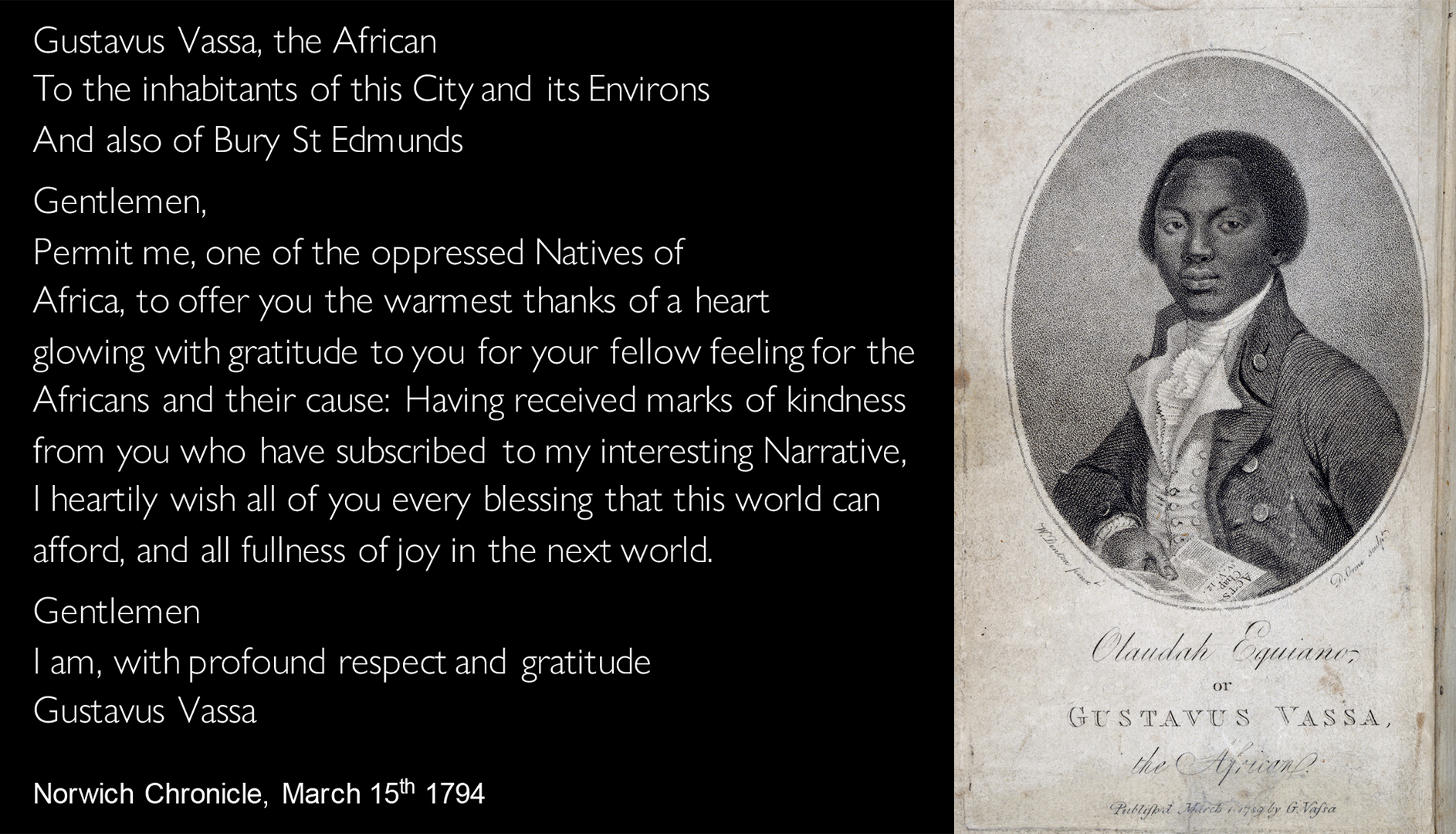
There were more than 200 subscribers to a Norwich edition of former enslaved African, Olaudah Equiano's autobiography, titled 'The Interesting Narrative of the Life of Olaudah Equiano, or Gustavus Vassa, the African'. Olaudah Equiano took out an advert in the Norfolk Chronicle on March 15, 1794 to thank the people of Norwich.
'Pablo Fanque'
William Darby (1810-1871) was born in Norwich in St Andrew's Workhouse and, as a young man, became apprenticed to William Batty's circus, taking the stage name 'Pablo Fanque'. He proved to be a first class acrobat and horseman and, in the 1840s, became the country's first black circus entrepreneur, when he established the Circus Royal.
Modern interest in William Darby was sparked by John Lennon's discovery of a Pablo Fanque Circus Royal poster, which became the inspiration for the Sgt Pepper's track, For the Benefit of Mr Kite.
In 2018, new student accommodation on All Saints Green in Norwich was named Pablo Fanque House. A poem by Ira Lightman, in the form of a Victorian circus poster, celebrates Pablo Fanque and covers one of the entrance hall walls.

